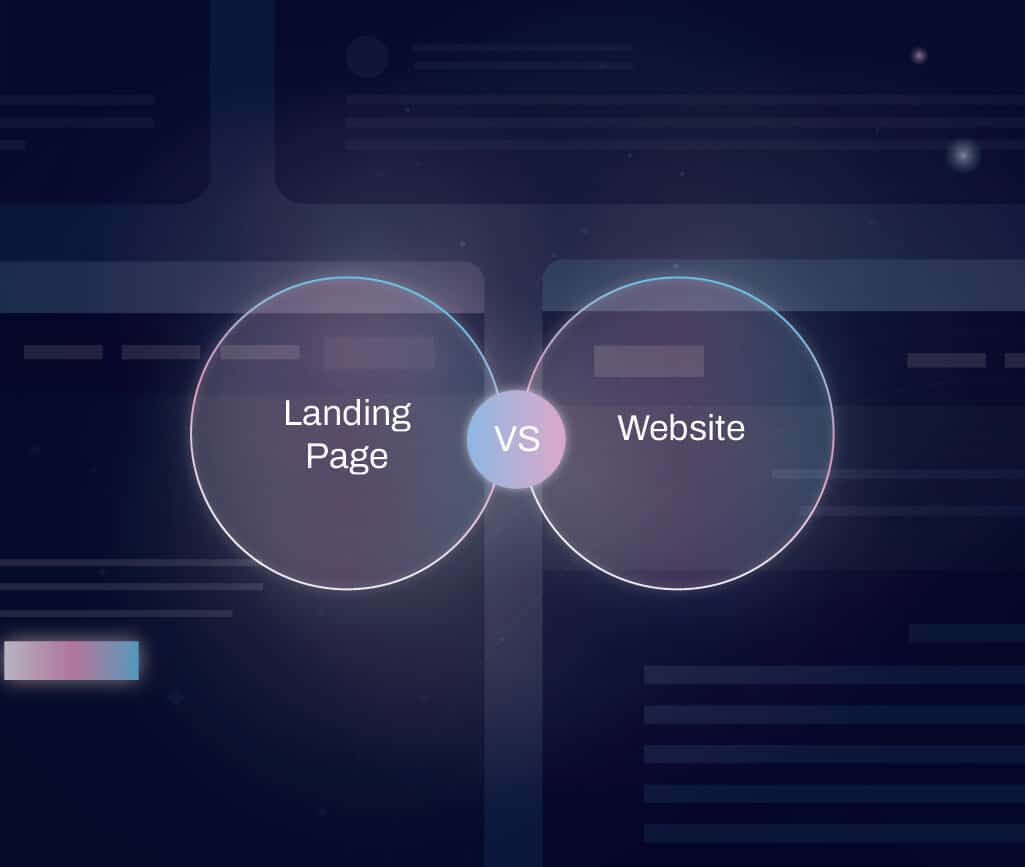User Experience
8 minute read
How Can A Proper UX Research Process Enhance Product Metrics?.
LAST UPDATED:
April 4, 2023


Have you reviewed your metrics recently? If not, you may be missing out on building a stronger connection with your website’s users.
There are tools meant specifically to help track key findings such as Google Analytics and their ability to track users’ interactions with your website.
But what if your website isn’t drawing the traffic you desire? Might be time to conduct some user research!
One purpose of research is to focus on your metrics and what the data collected is telling you about your audience.
Metrics have an impact on everything you create as a production team.
However, ‘how can people quantify that?’ appears to be a hard question at occasions as well as a daunting research project!
In a perfect world, you’d pick a few important metrics to monitor and attempt to turn fresh data into useful information.
And what if there is also simply far too much statistics to process? What if your group hasn’t yet begun tracking anything particular?
You will see what works and what doesn’t by assessing and evaluating UX and then, building a proper strategy.
You will also have the opportunity to fine-tune your digital marketing strategy to achieve better results.
Well, to help you out, we will go through 8 key product metrics that can be collected and improved via the right UX research process.
Ready to start conducting user research methods? Let’s go!
As you begin to get grave about tracking and measuring UX, here’s a ‘UX metrics booster kit’ for your firm:
1. Customer Satisfaction Score (CSAT)

The Customer Satisfaction Score or CSAT quantifies how satisfied a consumer is or is not with a particular service or product, the UX, or your company overall.
CSAT studies usually pose a question such as “Did our item deliver just what you required it to deliver currently?” and provide a binary reply —yes and no or satisfied and dissatisfied.
Results are normally quite high, so a sharp decline can imply there’s a problem or a stopper that requires immediate attention.
CSAT helps to connect customer or user experience to pivotal times in the UX. It is important to use an on-site CSAT questionnaire to understand user satisfaction at the correct time:
- Following critical customer lifecycle events such as onboarding or updating their account.
- Before renewing a subscription or membership.
- Following customer service or learning moments.
Filling the sentimental void after CSAT
CSAT survey data can inform you what may satisfy prospective consumers, but you must still figure out why.
Customers can provide insight over and above ratings-based feedback, allowing you to obtain voice of the customer (VoC) records to assist your production team in addressing customers’ problems and roadblocks.
For instance, suppose your firm’s net CSAT rating after launching a new item is 80 percent, but your company knows its pre-launch CSAT rating was 90 percent.
Put an Inbound Feedback plugin on the official site to probe the drop and influence consumers to:
- Provide sensory feedback on their initial thoughts on the product.
- Clarify why they started to feel the way they did.
- Take a screenshot of particular components or attributes that sparked their interest.
After the above steps, you will understand why UX research is important. For instance, you can discover client citations from UX research and interviews if you’re still developing a strategic case for consumer data.
Metrics and statistics alone will not ensure success.
However, you can obtain feedback on each page or app window, observe session clips of real users, check where interest in the concept drops, and inquire visitors about something they want.
Then, you can motivate your group to take initiative and bind statistics to revenues.
2. Customer Effort Score (CES)

The Customer Effort Score or CES is a user experience questionnaire metric which enables product teams to understand how simple it is for a consumer to interact with a product, achieve an objective, learn typical user behaviors or fix any problems.
CES is calculated by posing a question regarding the usability of your website or product. The client responds on a scale of 1 to 7, with 1 indicating the most convenience and 7 portraying the least ease.
Product teams could use CES polls, in conjunction with operational metrics such as repeat request transitions and channel swapping, to identify high-effort problem areas in the product usage.
Filling the sentimental void after CES
Use both on-site and off-site polls to enable your squad to collect VoC (a key UX term) feedback in order to understand what the consumer thinks, how they’ve been using your merchandise, or why they’re abandoning your website.
You can then improve the survey question participation by removing unnecessary stages from the customer journey.
Reduce the friction and maintain engagement among respondents by providing actionable insights to your group.
3. Net Promoter Score (NPS)

The next step in the UX research process is to calculate the Net Promoter Score or NPS. The NPS is utilized to forecast business growth by promoting a sustainable relationship with buyers who are willing to suggest your merchandise to others.
NPS is computed by deducting the percentage of users who reply with a value of 6 or lesser from the number of consumers who respond with a 9 or 10.
You can use an NPS poll to:
- Conduct an on-site questionnaire that appears immediately on your homepage.
- Create a separate NPS poll to send to your clients and target audience via online surveys or user interviews via one-on-one feedback or via focus groups.
- You can gather responses, store outcomes, determine your scoreline, and share the findings with your group.
Filling the sentimental void after NPS
As an aspect of your regular NPS poll, utilize a tool to pose follow-up queries.
You can learn what it is you’re doing quite well and in which areas you can achieve better by asking users why they gave you a certain score.
Monitor your NPS but also follow-up on responses over time to form intrinsic milestones and mobilize your crew around a single mission-critical goal: gaining more optimistic customers.

“Measuring the correct type of data is more important than the correct amount of data. If you’re measuring data that doesn’t correlate with your KPIs, it’s like cooking with the right quantities but the wrong ingredients.”
– Caleb Shultz, Director of Projects
4. Single Ease Questions (SEQ)

Single Ease Questions or SEQ questionnaire includes options where users can rate the complexity of accomplishing a project on your site, such as updating their account, receiving your offering, or buying your merchandise, on a seven-point rating.
This part of the UX research process allows for you to gain additional feedback in regards to user experience.
SEQ does not substitute task accomplishment or goal conversions, however if your product development team lacks the capacity to obtain direct task execution data, SEQ results can be used to evaluate completion rates.
Filling the emotional void after SEQ
You can use survey and feedback tools that enable you to ask the consumers why.
Ask people why they ended up finding a specific task complicated (or easy) to gain a complete comprehension of the UX—and identify areas for improvement.
5. Task-related time

Hours spent on a task—also known as task time as well as time on task—measures a user’s efficiency or productivity while using your merchandise.
If your clients spend an inordinate amount of time on activities in your good or service, it could indicate that a communication or feature is poorly designed.
From conducting user research based upon time, you will gather data and valuable insights on pain points regarding the amount of time it takes to navigate and find exactly what they are looking for on your website.
Measuring task time also allows you to:
- Determine any usability issues with your webpage or app interface.
- Define the distinction between client lag time as well as system time delay, particularly when a customer perceives time intuitively during completion of the task.
- Define granular metrics such as mean project duration (focusing on successfully completing only) or mean time between failures — average time used prior to abandoning or finishing activities the incorrect way. (This research outcome is especially important in learning the human behavior of your target audience.)
Filling the emotional void after task-related time
Session recordings can help to contextualize time spent on a task by displaying specific users’ journeys from one page to another.
Examine how users interact with your webpage and how they act when they are on an assignment — where they get jammed, sidetracked, confused, or disillusioned.
6. System Usability Scale (SUS)

System Usability Scale or SUS is a questionnaire method that asks about user perceptions of a webpage, application software, or product.
John Brooke and his coworkers created it in 1991 at the University of Maryland’s Department of Human-Computer Interaction.
It has now become a mainstream technology, with many scholars using it to determine whether consumers like it or dislike it – which is also called Perceived Usability.
Nevertheless, you should not consider SUS as a replacement for a user research group since you will require data-driven perspectives into why users rate your mechanism so poorly — for example, questions, such as “How simple is it to implement?”
7. Number of suggestions

A set of recommendations could be included to offer insight into the value generated by customer interaction with a label, delivery, or product.
It accomplishes this by displaying how frequently outside webpages endorse your site amidst any flaws it may have (which could be an obvious sign as to how well the product/service is performing).
So, if 50 out of 100 people visiting your website endorse it (rather than the original figure of 10) then it suffices to say that your brand/product/service offering is doing something right, notwithstanding the flaws.
8. User error rate

The final piece of the UX research process is the user error rate system of measurement. This informs you of the number of times users attempted but missed to finish a job, procedure, or activity.
If 10 out of 100 individuals fail task 1, you understand they mostly don’t comprehend the instructions or can’t understand the important ideas behind it.
This suggests that there is still room to improve in certain aspects of your brand offering. This could include anything from UI/UX design to new features and improved workflow.
If you notice that a significant number of such mistakes are coming from newbies, you should consider this and search for ways to alter to continue to attract more long-term customers.
To summarize, if you want to monitor the efficiency of your webpage, product, or app, there are a variety of tools available to assist you.
However, the most important thing is to choose the correct metrics and KPIs from the first place.
Let us know in the Comments section below what strategies you would use to enhance your product metrics through UX research.
Author
Jeff Gapinski is the President of Huemor where he helps plan the long-term strategic growth of the agency. Jeff is passionate about UI/UX, demand generation, and digital strategy.
What Do You Think?
Have feedback? Maybe some questions? Whatever it is, we'd love to hear from you.








No comments found